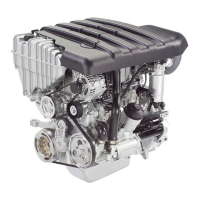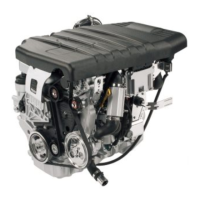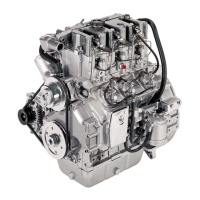MR 700
23
Ed. 3 - 2012_11
English
INJECTION SYSTEM: this procedure
must be carried out together with the
lubrication system protection proce-
dure.
• Make sure there are no deposits or
sediments in the fuel tank.
• Prepare a mixture of diesel fuel
complying with the DIN EN 590
specications, and Petronas DIESEL
TMF PLUS additive. The ratio must
be at least 1:400 (1 litre of additive to
400 litres of fuel). If you use Biodiesel
(complying with the UNI EN 14214
specications), it must be mixed with
diesel fuel up to 5%;
VM Motori, however, recommends the
use of diesel without Biodiesel.
The use of any other fuel is forbid-
den.
• Fill the tank with this fuel mixture.
• Where relevant, check there is no
interference between the radiator fan
blades and the relative air duct.
Start up the engine and run it until it
reaches the right temperature for wa-
ter-cooled engines (about 70°- 80°C);
for air-cooled engines, run the engine
for about 20 (twenty) minutes.
• Drain the fuel tank.
• Check for any uid leakage (and
make any necessary repairs).
• Switch off the engine and wait for it
to cool down.
SEAWATER SYSTEM (for marine
engines and on-board auxiliary units
only): this procedure must be carried
out together with the injection system
protection procedure.
• Connect the seawater intake of the
seawater pump to an auxiliary tank
containing a mixture of 40% fresh-
water and 60% Petronas Parau Up
(protective radiator uid with mono-
ethylene glycol and organic inhibitor
formulation complying with ASTM D
3306 type 1 Standards), making sure
it seeps out from the drainage point.
• Check for any uid leakage (and
make any necessary repairs).
• Switch off the engine and wait for it
to cool down.
• Disconnect the engine from all the
components used for the test
3) STORAGE CONDITIONS
- Engines on pallets
After applying the anticorrosion
protection, the engine must be placed
in a dry, well-ventilated environ-
ment and adequately covered. The
covering must be applied in such a
way that air can circulate around the
engine, preventing the formation of
condensation.
- Engines on vehicles
The vehicle must be stored so as to
minimise exposure to atmospheric
agents
